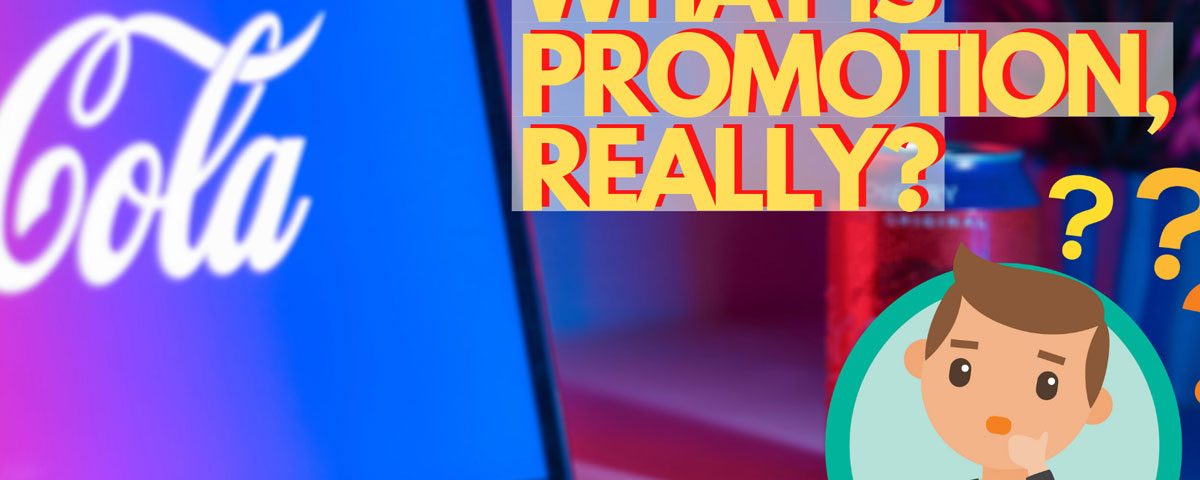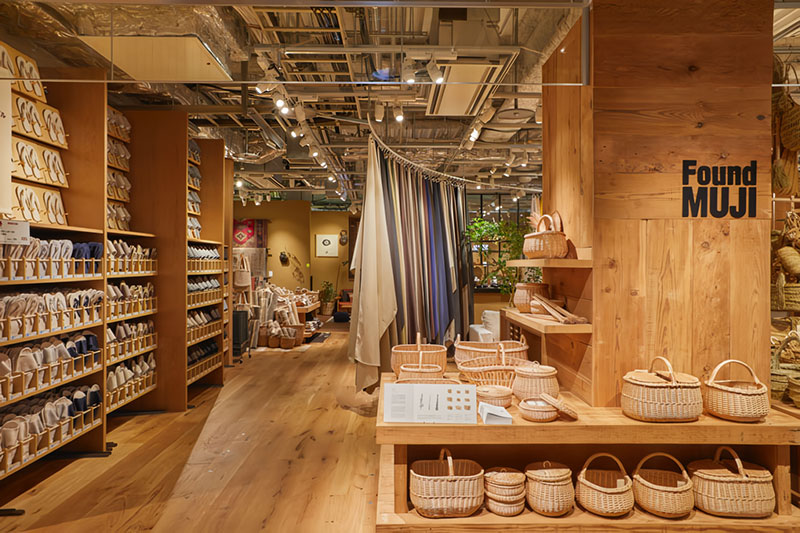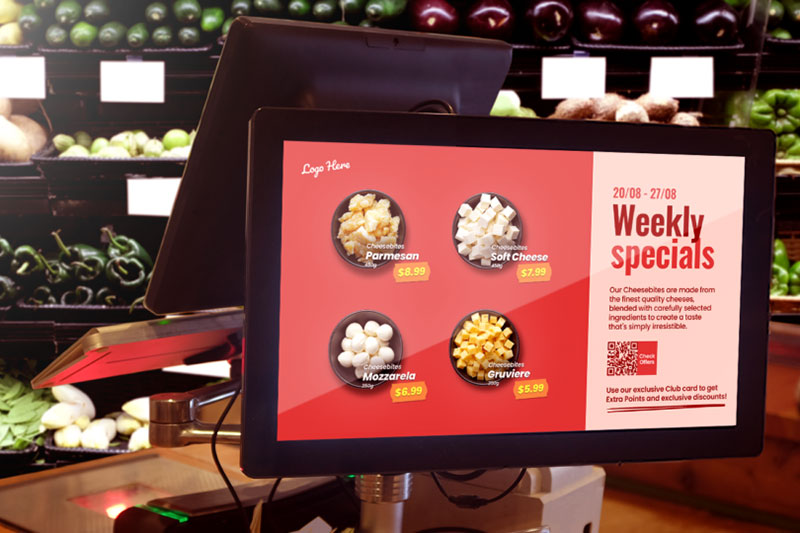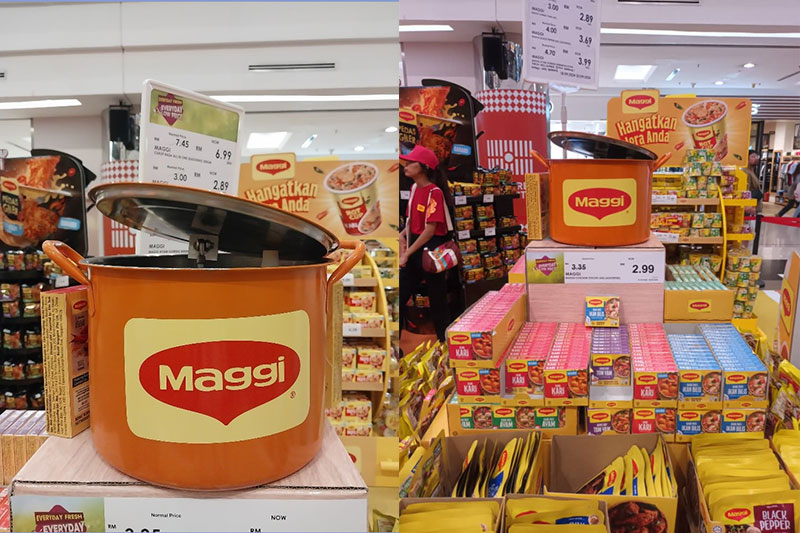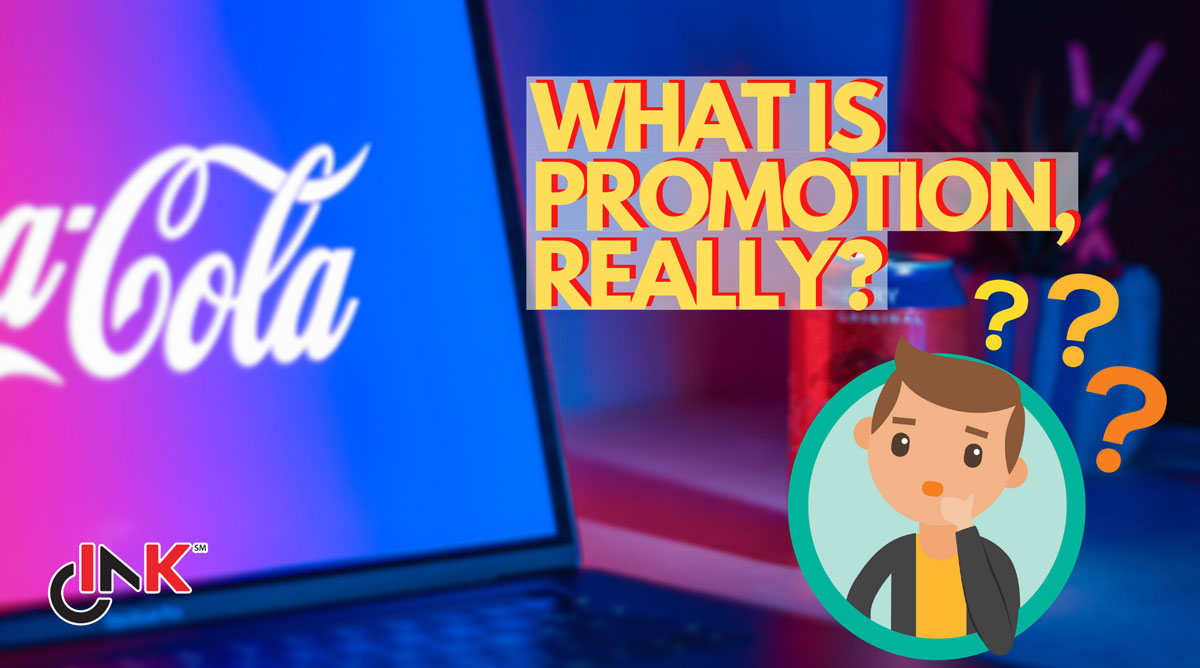
Don’t Start Until You Fix This Common Mistake
Ever noticed how some brands always have a promotion going on?
Maybe it’s an e-commerce platform, a grocer or a bedding company; you see signs in places that scream “promotion!” – it could be a big discount, a bundling of products, free add-ons, contests, giveaways, special packaging, or any manner to creatively attract buyers.
The word promote is used in other ways as well, such as promoting via advertisement, hosting promotional events or hiring promoters to let people sample goods. Sometimes notable public figures or influencers get involved.
So, does the concept then mean anything at all?
Promotion is many things with one aim
While it can mean all of those things at once, it’s not a pointless catch-all word for any marketing related activity.
Ultimately, the intent of any promotion is to communicate the value of products and services in ways that influence consumer behavior towards those products and services.
A savvy marketer knows that promotions aren’t simply for increasing revenue by any means necessary.
The different promotion mechanisms that a company employs can speak volumes about its longer-term plans, reflected in its marketing strategy.
And to not create objective-driven promotions informed by a larger marketing strategy is a common mistake that would steer a company in the wrong direction.
Hence a good or successful promotion is one that satisfies clearly defined objectives.
As a marketer, first you need to figure out your why.
Once the objectives are spelled out in certain terms, you can start working backwards to the particulars of your promotion.
That would be your how. These are known as the mechanics of your promotion.
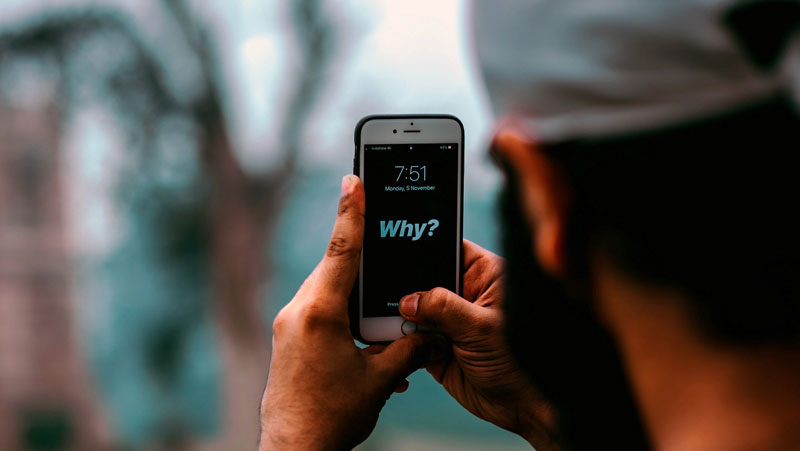
First, let’s start with why.
Here are the objectives of promotions:
- Increase Market Penetration: Reach more unique buyers in the market i.e. wider market share.
- Increase Purchase Frequency: Encourage each unique shopper to make purchases more often within a determined time period.
- Increase Purchase Volume: Encourage each unique shopper to purchase a higher quantity or volume of a product (kg, liters, and units).
- Trade-Up (Value): Encourage shoppers to pay more per unit measure of a product (kg, liters, units).
- Trade Reward: Encourage retailers to continue doing business with the brand by rewarding them; usually for the sake of long-term benefits.
- Consumer Reward (Loyalty): Encourage consumers or shoppers to remain loyal to the brand through rewards (and the continual promise of future rewards).
- Share of Voice (SOV) in Retail: To attain certain forms of visibility to consumers within retail based on long-term market share goals.
- Stock Clearance: Clear out excess or existing stock.
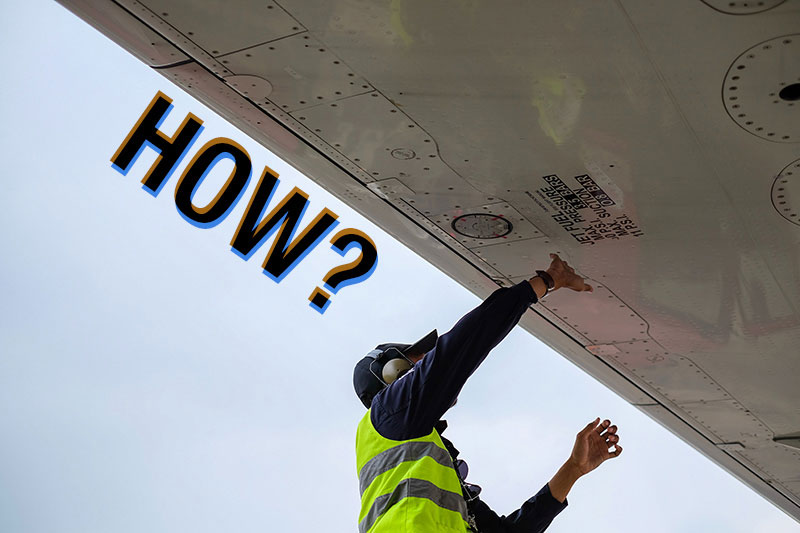
How it’s done – the mechanics of promotion
As for the ways we can achieve those promotional objectives, we have the following promotion mechanics:
Price off: The most commonly employed promotion which reduces the price of a product in percentages e.g. 25% off, 50% off.
Buy one get one free (BOGOF): Often used to quicken stock clearance and can be done via offering one free product or a discount on another item on top of a purchase.
Contest: Uses the anticipation of possible rewards via random selection or arranging a contest to get customers involved in the process of attaining rewards.
Sampling: Free trial of a product that incentivizes customers to purchase it.
Extra Free Volume or Value: Adding more volume or value to a product while retaining its price.
Multipack: Combination of several or many of the same product into a single package with an average price per unit that’s lower than its individual pricing.
Variety Pack: Combination of several different but related products for an assorted package that offers the benefit of variety to customers.
Multibuy: Similar to BOGOF but encourages purchases of an even higher number products e.g buy 3 get 1 free, buy 2 for the price of 1.
Cross-Category Multibuy: Encourages simultaneous purchases of products across categories by packaging complementary products together, where one or more products enhance the value or functionality of others.
Premium: Refers to special promotional items such as collectibles, seasonal products, toys, etc.
Non-instant Coupon: To be used for discounts or rebates on selected or storewide products that could only be applied for subsequent or future purchases.
Loyalty Points: Encourages customers to continue purchasing from a brand by rewarding them with points the more they purchase, which can be used to redeem items, privileges, and other rewards.
Why meets how – General Objective-Mechanics Matrix
The reality is that each of the promotion mechanics fulfill different promotional objectives with varying levels of effectiveness.
A simple Objective-Mechanics Matrix illustrates this, and serves as a useful guide to start matching a marketer’s objectives with the right type of promotion to run.
| Penetration | Frequency | Volume | Trade-Up | Trade Reward | Consumer Reward | Share of Voice | Stock Clearance | |
| Price off | 5 | 3 | 2 | 4 | 4 | 5 | 3 | 5 |
| BOGOF | 3 | 2 | 5 | 3 | 3 | 4 | 4 | 5 |
| Contest | 3 | 3 | 2 | 2 | 3 | 4 | 3 | 2 |
| Sampling | 5 | 1 | 2 | 2 | 1 | 3 | 3 | 2 |
| Extra free volume / value | 3 | 2 | 3 | 3 | 1 | 5 | 2 | 1 |
| Multipack | 2 | 2 | 5 | 2 | 3 | 4 | 4 | 2 |
| Variety pack | 5 | 5 | 4 | 5 | 2 | 4 | 4 | 2 |
| Multibuy | 2 | 1 | 5 | 2 | 4 | 4 | 3 | 5 |
| Cross-category multibuy | 4 | 2 | 4 | 4 | 2 | 4 | 4 | 2 |
| Premium | 3 | 3 | 4 | 4 | 2 | 5 | 3 | 1 |
| Non-instant coupon | 5 | 2 | 3 | 3 | 2 | 4 | 4 | 3 |
| Loyalty points | 1 | 4 | 2 | 2 | 5 | 5 | 2 | 2 |
| Good fit | 4-5 |
| Medium fit | 3 |
| Poor fit | 1-2 |
With this matrix in mind, it’s worth noting that the ideal promotion mechanic to choose for a given objective depends on industry as well.
Sampling, for instance, wouldn’t work quite as effectively for promoting paint as it would for promoting yogurt.
Then there are key considerations that require more insights beyond whether a particular method of promotion is a good fit.
For the commonly employed price off promotion, how do you find the sweet spot for discounting that wouldn’t devalue the worth of a premium product, while still meeting your sales target?
How do you find the right combination of viable promotions now that you’ve migrated online due to the pandemic? How promotions could you set in place as you plan ahead for slower seasons?

Getting it right with promotions – don’t drink soup with a fork
The wrong promotion mechanics won’t help you meet your long-term marketing goals. To choose the right promotion mechanics, you need to be clear on your objectives. This in turn comes from a defined direction for your marketing strategy.
While it’s not a comprehensive template, the Objective-Mechanics Matrix is a good place to start.
Are you doing a promotion to make way for new seasonal products to arrive?
Are you aiming for a broad appeal with wider market penetration or are you beginning to define a niche segment?
Perhaps you’re an established brand aiming for customer retention and brand loyalty as you begin to diversify your product lineup?

